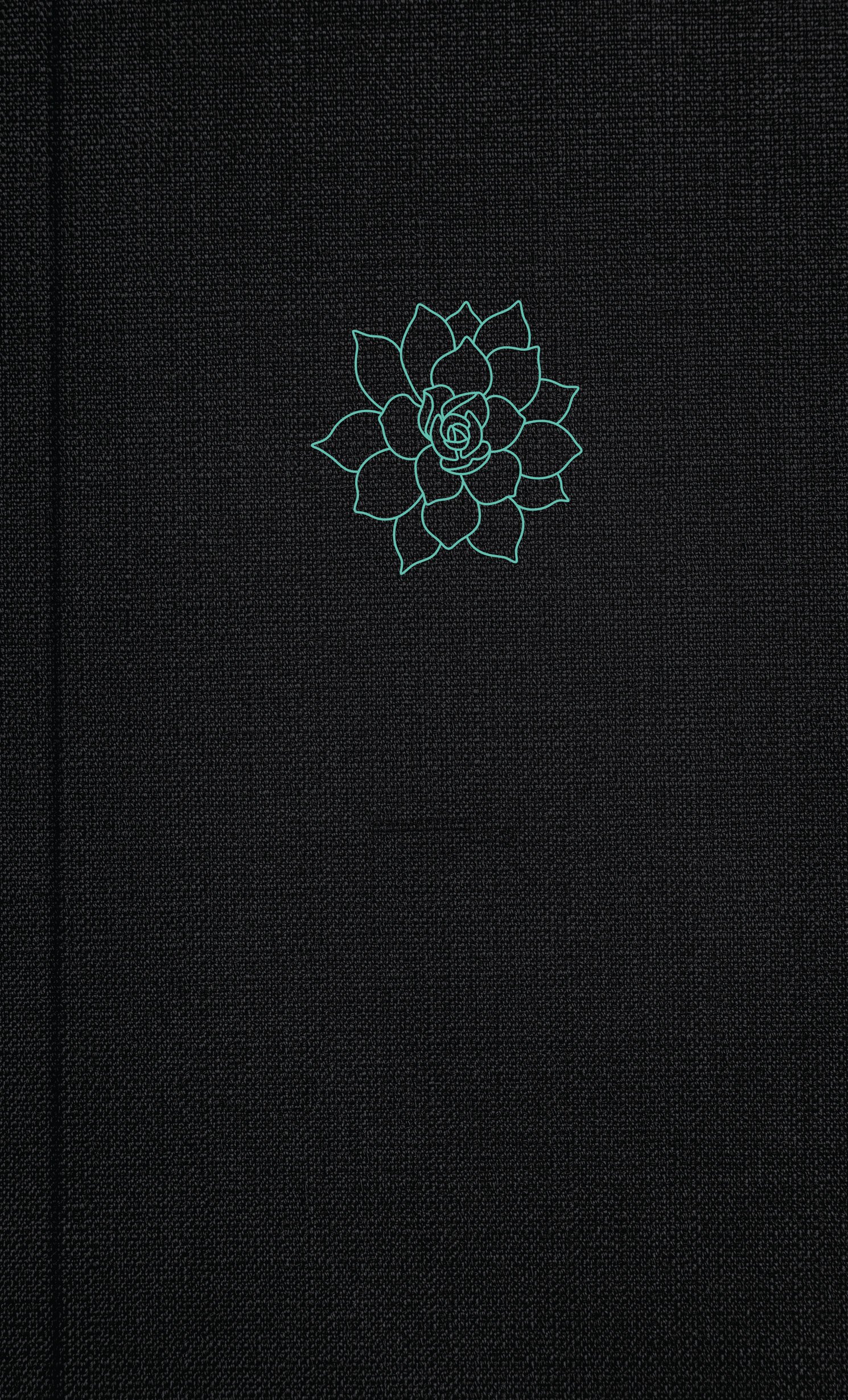As long as life has existed on Earth—from the simplest organisms to Homo sapiens—gravity has inexorably shaped our world.
RISING UP
How Gravity Shapes Our Bodies and Minds
by Brennan Spiegel
St. Martin’s Press, Fall 2025
(via Levine Greenberg Rostan)
Although this hidden force strains every fiber of our bodies, every moment of our lives, we often neglect its relentless impact on our health. But to what extent does gravity shape our sensations, our emotions, and our overall wellbeing? The answers will astonish you.
In RISING UP, Professor Brennan Spiegel presents a groundbreaking exploration into how gravity influences not just celestial bodies, but also underlies conditions of body and mind that have puzzled medical professionals for centuries. Beginning with a simple observation at a family dinner and culminating in a landmark study by the author that garnered worldwide attention, RISING UP invites you on a captivating journey through the human body’s inner struggle to keep us upright and healthy.
Why do people with depression literally feel like they’re being dragged to the ground? Why do you get that butterfly feeling in your stomach when falling on a rollercoaster? Why do you get it when “falling” in love? What can we learn from astronauts with heartburn and swollen faces to inform our lives back on Earth? How do gut microbes help us fight gravity? And most important, just how do we change our relationship with gravity for the better?
In answering these questions, Spiegel unveils the concept of “gravity resilience” and introduces the “personal gravity profile” to help readers understand gravity’s imprint on their own mind and body. Understanding your profile can illuminate why certain activities feel more challenging or why you might experience discomfort in situations where gravity’s influence is altered, like on a rollercoaster, or during a yoga class, or up in an airplane.
Moreover, he introduces a new way of thinking about weight loss, exercise, diet, and meditation. Rather than just being lifestyle choices, these treatments are united by a profound and unexpected commonality: they all enhance our resilience to gravity. Throughout the book, Spiegel offers additional practices for withstanding gravity’s demands.
Equally rooted in hard science and compelling storytelling, Rising Up turns a new page in our understanding of what it means to be a human living on Earth. This isn’t merely a book about medicine or science; it’s a startling revelation about the very essence of the human condition.
Brennan Spiegel, MD, MSHS, is the Dorothy and George Gourrich Chair in Digital Health Ethics at Cedars-Sinai, Assistant Dean for Clinical and Translational Research at the David Geffen School of Medicine at UCLA, and Founding Director of the Cedars-Sinai Master’s Program in Health Delivery Science. He is the immediate past Editor-in-Chief for the American Journal of Gastroenterology and inaugural Editor-in-Chief for the Journal of Medical Extended Reality. Dr. Spiegel has published widely in the fields of health services research, digital health science, and clinical medicine with 280 peer-reviewed manuscripts that have been cited over 23,700 times in the biomedical literature.

 From the bestselling author of Bearing the Unbearable and Grieving Is Loving, here are 52 writing prompts for exploring grief and journaling about those whom we’ve lost. Writing about those we’ve lost can be part of a contemplative practice, alone or with therapists, family, friends, or with a grief support group. However you use this journal and its writing prompts, please take the time to write from the heart, really be with each prompt, dive deeply—and do so with a spirit of love and compassion for all beings, including yourself.
From the bestselling author of Bearing the Unbearable and Grieving Is Loving, here are 52 writing prompts for exploring grief and journaling about those whom we’ve lost. Writing about those we’ve lost can be part of a contemplative practice, alone or with therapists, family, friends, or with a grief support group. However you use this journal and its writing prompts, please take the time to write from the heart, really be with each prompt, dive deeply—and do so with a spirit of love and compassion for all beings, including yourself. Wright Thompson’s family farm in Mississippi is 23 miles from the site of one of the most notorious and consequential killings in American history, yet he had to leave the state for college before he learned the first thing about it. To this day, fundamental truths about the crime are widely unknown, including where it took place and how many people were involved. This is no accident: the cover-up began at once, and it is ongoing.
Wright Thompson’s family farm in Mississippi is 23 miles from the site of one of the most notorious and consequential killings in American history, yet he had to leave the state for college before he learned the first thing about it. To this day, fundamental truths about the crime are widely unknown, including where it took place and how many people were involved. This is no accident: the cover-up began at once, and it is ongoing.